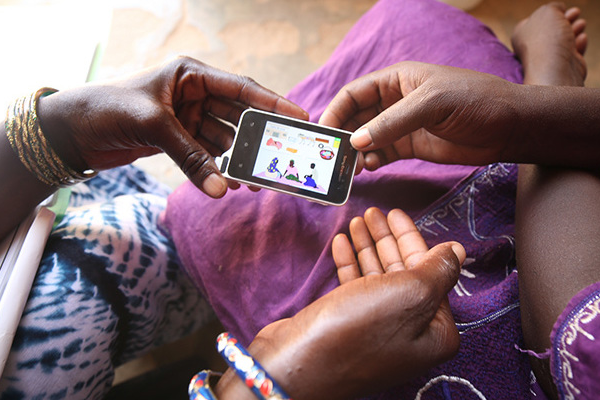 How can ICT4D improve healthcare in developing countries?
How can ICT4D improve healthcare in developing countries?
There are many ways in which ICT4D (Information and Communication Technologies for Development) can improve healthcare in developing countries. Some examples include:
- Telemedicine: ICTs can be used to connect healthcare providers in remote or underserved areas with specialists in urban centers, allowing for the delivery of high-quality medical care to people who might otherwise not have access to it.
- Health information systems: ICTs can be used to create and maintain electronic health records, which can improve the accuracy and efficiency of healthcare delivery and reduce the risk of medical errors.
- Disease surveillance and outbreak response: ICTs can be used to track and monitor the spread of diseases, allowing for more effective and timely responses to outbreaks.
- Public health campaigns: ICTs can be used to deliver health education and information to large populations through social media, mobile apps, and other digital platforms, helping to raise awareness about health issues and promote healthy behaviors.
- Supply chain management: ICTs can be used to improve the management of medical supplies, ensuring that they are delivered to the right place at the right time, and helping to prevent shortages and wastage.
Overall, the use of ICTs in healthcare can help to improve access to care, quality of care, and the efficiency of healthcare delivery in developing countries, ultimately leading to better health outcomes for the populations served.
Read More About ICT4D in Healthcare Below
10 User-Centered Design Principles for mHealth Program Success
Mobile health services delivered over voice (IVR, helplines), text channels (SMS and USSD) and, increasingly, rich media (online content and apps), provide much-needed...
7 Transformative Digital Health Trends in International Development
At the recent OpenHIE Community Meeting, I was able to meet with a wide range of digital health practitioners working for governments, donors, and implementing...
Please Submit Session Ideas for Global Digital Health Forum 2018
Join us for the 5th Annual Global Digital Health Forum on December 10th & 11th at Academy Hall – FHI 360’s Conference Center in the heart of Washington,...
10 Lessons Learned from Deploying a Malnutrition mHealth Solution in 5 Countries
Community based Management of Acute Malnutrition (CMAM) is a proven high-impact and cost-effective approach in the treatment of acute malnutrition in developing...
Reinventing the Call Centre for Better Healthcare Services in Uganda
Uganda is one of the youngest countries in the world with 81% of Uganda’s population under age 35. Public health programs in Uganda are constantly faced with...
Creating Killer Content for ICT4D Project Success – Your Weekend Long Reads
Creating killer content is critical to ICT4D success. One of the major barriers to digital uptake is a lack of incentives to go online because of a lack of relevant...
The Best Mobile Data Collection Systems Support the Oldest Data Collection Process
Tara is a frontline health worker who sits in a small, but meticulously clean clinic at the southernmost point of one of Vanuatu’s more remote islands....
3 Knowledge Management Practices to Strengthen Your Digital Health Project
Digital health interventions benefit enormously when implementers document and learn from past and current digital health projects. This is where knowledge management...
Three SMS Program Learnings that Will Surprise You
In early 2017, USAID’s StopPalu malaria control project in Guinea started implementing an SMS program to motivate pregnant women to seek antenatal care visits...
How We Get 80 Percent Engagement with Our HIV ART Mobile App
Over 50% of HIV-positive adolescents in Western Kenya fail to adhere to antiretroviral therapy (ART), despite the availability of free services and medications....











